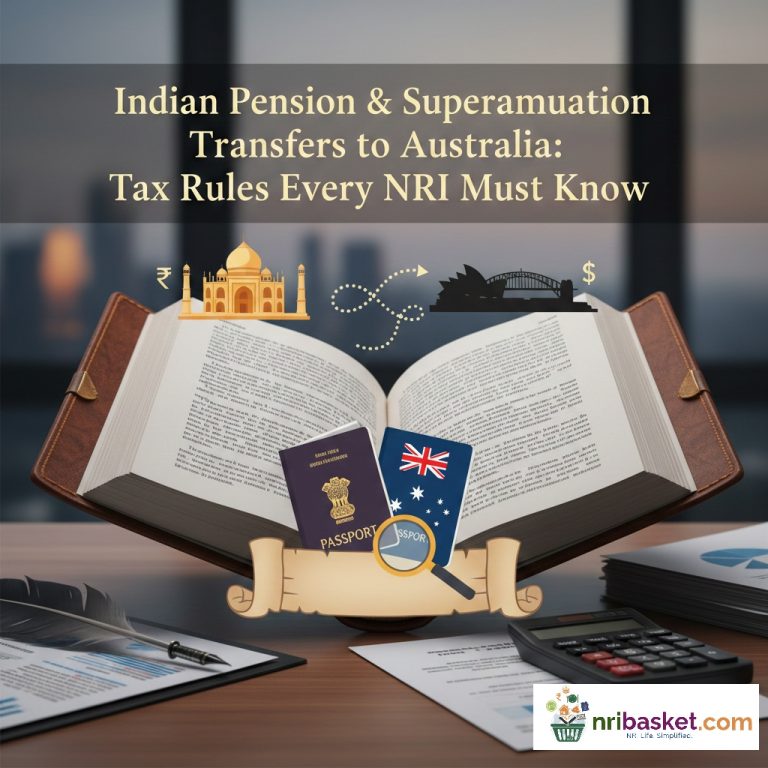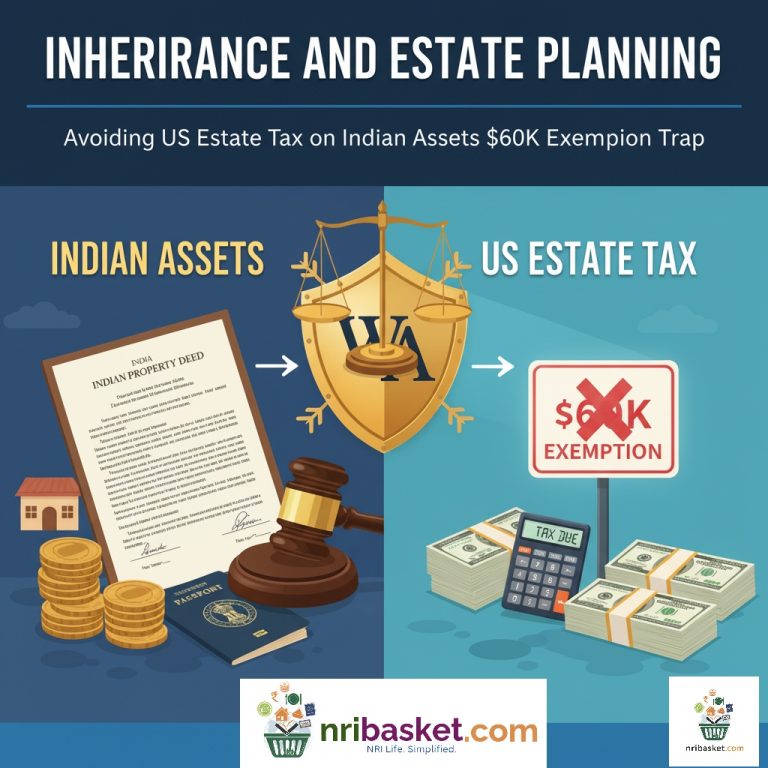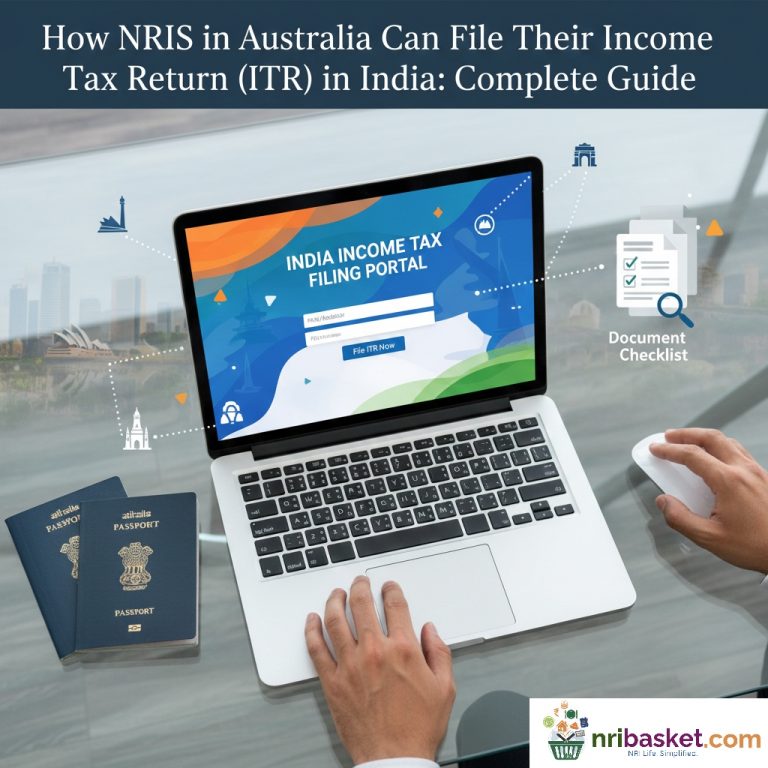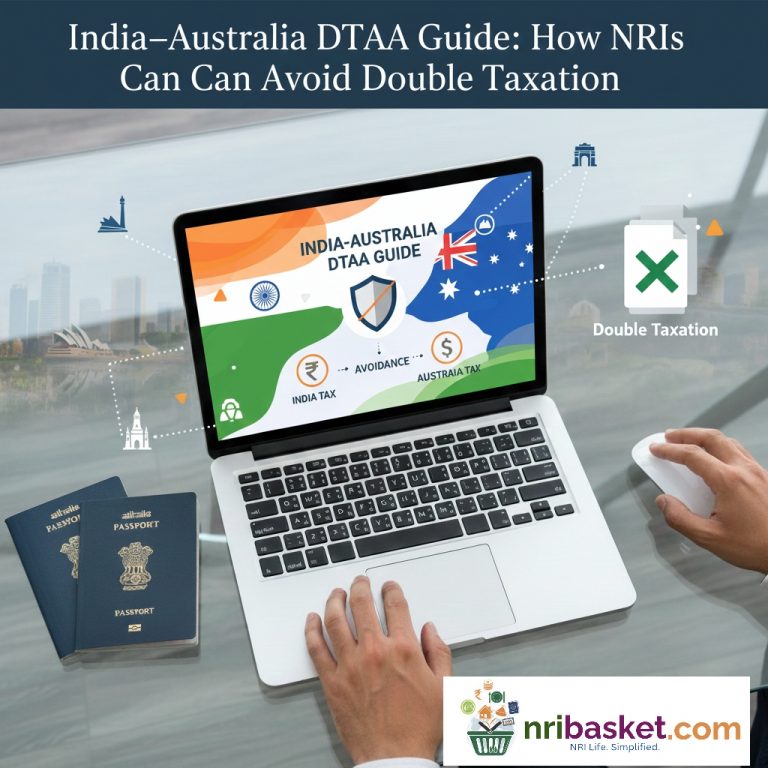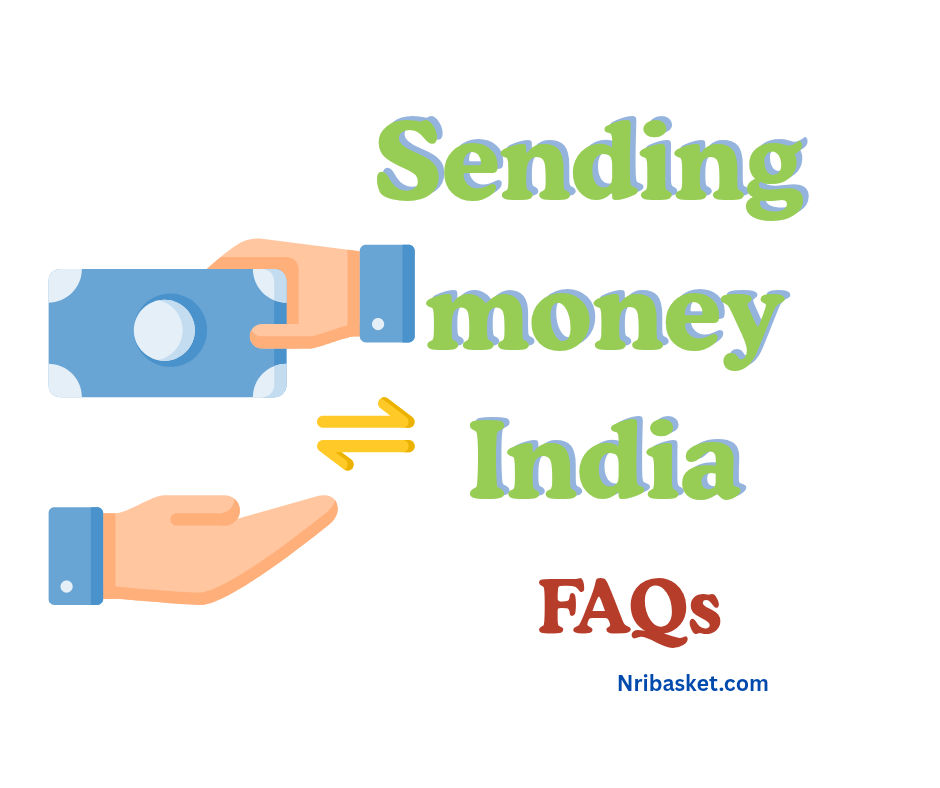
Sending Money to India – Frequently Asked Questions
Sending Money to India – NRI Guide
Short Answer: Bank transfers, online remittance platforms, and money transfer agents.
Long Answer: NRIs can send money using bank wire transfers (SWIFT/NEFT/RTGS), online platforms like Wise, Remitly, Xoom, and PayPal, or through money transfer agents such as Western Union and MoneyGram. Each option varies in speed, fees, and exchange rates. Banks are reliable but may charge higher fees, while online platforms are faster and often cheaper.
Have a question or want us to add your scenario?
Tell us what you need — we’ll update this guide and answer publicly so other NRIs can benefit. Your question may be featured in the next update.
Short Answer: A few minutes to 5 business days depending on method.
Long Answer: Instant services like Western Union or PayPal may transfer funds within minutes. Bank transfers can take 1–5 business days depending on the country, bank policies, and any intermediary banks involved. Online remittance platforms typically process funds in 1–2 business days.
Short Answer: Online remittance platforms generally offer the best rates.
Long Answer: Services like Wise, Remitly, Xoom, and InstaReM often have lower fees and more favorable exchange rates compared to traditional banks. Always compare total costs including transfer fees and the currency conversion margin before sending money.
Short Answer: Yes, limits depend on India’s regulations and the sending country.
Long Answer: India’s FEMA regulations don’t restrict inward remittances, but your bank or online platform may have limits. For large transfers, you may need to provide identity and source-of-funds documentation. In some countries, reporting is required for transactions above certain thresholds (e.g., $10,000 in the US).
Short Answer: Yes, if you use licensed and secure services.
Long Answer: Always use RBI-approved banks or registered remittance services. Ensure the platform uses secure payment gateways, HTTPS encryption, and two-factor authentication. Check user reviews and avoid unknown platforms to prevent scams.
Short Answer: Yes, directly to NRO, NRE, or savings accounts.
Long Answer: Most remittance services allow you to deposit funds directly into the recipient’s bank account. You can choose an NRE account for repatriable funds or NRO account for Indian-sourced income. Ensure correct bank details (IFSC code, account number) to avoid delays.
Short Answer: Generally no, for personal transfers.
Long Answer: Gifts or transfers to close family members are not taxable in India, but large transfers may require documentation to prove source of funds. If the transferred funds generate income (like interest), that income may be taxable in India.
Short Answer: Usually in foreign currency, converted to INR by the bank.
Long Answer: Most international transfers are initiated in your resident country’s currency. The bank or remittance service converts it to INR at prevailing exchange rates. Some platforms allow direct INR transfer, which may save on conversion fees.
Short Answer: Yes, many platforms offer recurring transfers.
Long Answer: Online services like Wise, Remitly, and banks often provide automatic or recurring transfer options. This is useful for monthly family support, education fees, or rent payments. Check fees for recurring transfers, as they may differ from one-time transfers.
Short Answer: Contact your bank or remittance provider immediately.
Long Answer: If your transfer is delayed, check the transaction reference number and track it using the provider’s platform. Contact customer support with all relevant details. Some delays occur due to intermediary banks, incorrect details, or public holidays in India or the sending country.
Short Answer: NRE accounts are for foreign earnings and are fully repatriable, while NRO accounts are for Indian earnings and have limited repatriation.
Long Answer: An NRE (Non-Resident External) account is used to deposit money earned outside India. The funds, along with the interest, can be freely repatriated back to the UK. An NRO (Non-Resident Ordinary) account is for managing income generated in India, such as rent or dividends. Funds in an NRO account can be repatriated, but there is a limit of up to $1 million USD per financial year, subject to a Chartered Accountant’s certificate.
Short Answer: You are generally not taxed on the remittance itself, but reporting rules may apply in the UK.
Long Answer: As an NRI, the money you send from your foreign earnings is not taxable in India. However, the recipient in India may be liable for tax if the money is a “gift” from a non-relative exceeding ₹50,000 in a financial year. In the UK, sending money itself isn’t a taxable event, but if the transfer is large, it may have to be reported to HMRC as a gift. The UK and India have a Double Taxation Avoidance Agreement (DTAA) to prevent you from being taxed twice on the same income.
Short Answer: Compare online remittance services and look for the mid-market rate.
Long Answer: The exchange rate offered by traditional banks often includes a hidden markup. To get the best rate, compare online remittance platforms like Wise, Remitly, and Xoom. These services often use the “mid-market” rate (the rate at which banks trade with each other) and charge a transparent, low fee. Always check the total cost, which includes both the exchange rate and any transfer fees, before you send your money.
Short Answer: You may need to provide proof of identity, address, and source of funds.
Long Answer: For larger sums, both the UK bank/provider and the Indian bank may require additional verification. This is to comply with anti-money laundering (AML) regulations. You might be asked for your passport, proof of UK address, and documents that show the source of the funds, such as payslips, a letter from your employer, or a sale deed if the funds are from a property sale.
Short Answer: Online services are generally faster and cheaper for everyday transfers.
Long Answer: Banks are a secure and reliable option, especially for very large or complex transfers, but they typically have higher fees and less favourable exchange rates. Online remittance platforms and money transfer agents offer more competitive rates and lower fees for most transactions. They are also user-friendly and provide faster processing times, often with the option for real-time tracking.
Short Answer: Yes, NRIs can invest in India, but there are specific rules.
Long Answer: NRIs can invest in India through their NRE or NRO accounts, subject to FEMA regulations. You can invest in shares, mutual funds, and property. However, it’s crucial to understand the rules. For example, some investments may require special permission, and there may be different tax implications on the returns, depending on the type of account used for the investment.
Short Answer: It’s a unique 11-character code for identifying bank branches in India.
Long Answer: IFSC stands for Indian Financial System Code. It is an 11-character alphanumeric code that uniquely identifies each bank branch participating in the Indian electronic payment system. This code is essential for transferring funds via NEFT, RTGS, and IMPS. Providing the correct IFSC code along with the beneficiary’s account number is critical to ensure your money is credited to the right bank account without delays or errors.
Short Answer: The limit depends on the provider and your bank, not on Indian regulations for inward remittance.
Long Answer: While India’s Foreign Exchange Management Act (FEMA) does not set a limit on inward remittances, the sending bank or remittance service may have its own daily, weekly, or monthly limits. For example, some banks may have a daily online transfer limit of £25,000. For very large transfers, you may need to visit a branch or provide additional documentation, but there is no overall cap from the Indian government on the amount an NRI can send.
Short Answer: Yes, many online services and banks accept card payments, but fees may be higher.
Long Answer: Online remittance platforms like Wise, Remitly, and Xoom often allow you to fund your transfer using a UK-issued debit or credit card. While this is a very fast and convenient method, it can sometimes incur higher fees compared to a direct bank transfer. Using a credit card might also be subject to cash advance fees from your card issuer, so it’s important to check the terms and conditions beforehand.
Short Answer: A SWIFT code is an international bank identifier for a wire transfer.
Long Answer: SWIFT stands for Society for Worldwide Interbank Financial Telecommunication. A SWIFT code is a standard international code that identifies a specific bank globally. You will need this 8 or 11-character code when making a traditional wire transfer from your UK bank to an Indian bank. It ensures the funds are routed correctly through the global banking network.

